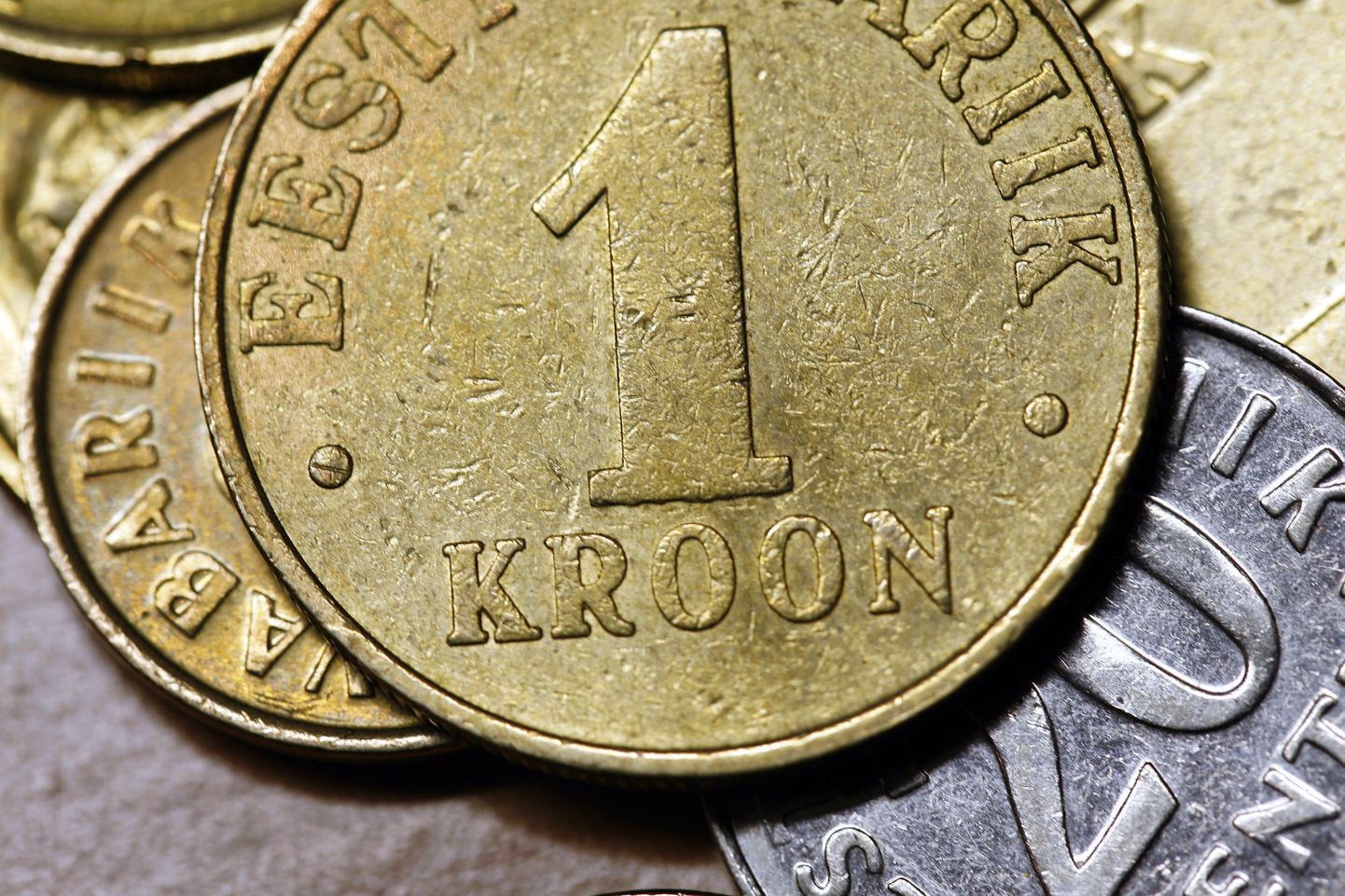"So as to reduce the workload of banks, we advised customers to avoid the inconvenient cash exchange and deposit the money in their bank accounts where the change of currency occurred automatically," Talihärm recalled.
"People heeded the appeal and deposited approximately 70 million euros' worth of cash in their accounts in the final months of the year [2010], an equal sum was exchanged for euros during December. Thus we can say that nearly a half of the kroon cash in private hands had been exchanged for euros even before the euro adoption or was converted into euros in bank accounts," she said.
A special campaign got started in October 2010 to collect the close to 1,000 tons of kroon coins in circulation. Simultaneously a campaign calling on people to donate kroon coins to the charitable Food Bank was launched. "The Food Bank campaign was important regardless of the fact that the action did not result in large amounts of coins because it drew people's attention to the need to exchange banknotes and bring back coins already before the beginning of the official exchange period and thereby diffused the workload of bank offices," Talihärm said.
A communication campaign initiated jointly with state institutions and the central bank prompting businesses to start adaptation of their cash and information systems as early as possible was also a success in Talihärm's opinion.

